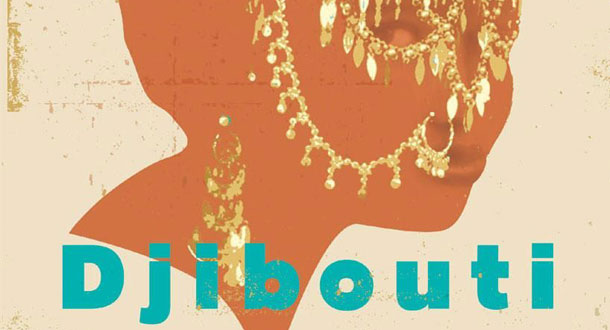Bookshots: Pumping new life into the corpse of the book review
Title:
The Man Who Spoke Snakish
Who wrote it?
Andrus Kivirähk is a bestselling novelist in Estonia. The Man Who Spoke Snakish is his first English translated novel, and is also his first to be turned into a board game.
Plot in a Box:
Leemet grows up in the forest, where he is one of the last to speak snakish, a language that allows humans to communicate with adders and fend for themselves in nature. His family is one of the last to stay put as his friends move to a developing village and trade their traditions for Christianity.
Invent a new title for this book:
The Last to Speak Snakish
Read this if you like:
Forest fables and medieval lore.
Meet the book’s lead:
Leemet, a rebellious old soul who holds tight to his beliefs.
Said lead would be portrayed in a movie by:
Early 2000s Elijah Wood (circa Lord of the Rings).
Setting: would you want to live there?
Medieval Estonia? No thanks.
What was your favorite sentence?
Even if you do speak Snakish words and they aren’t from Satan, well, what will you do with them in the wider world? Who will you speak them to? Nowadays young people are interested in Jesus. They talk about him a lot; he’s very successful.
The Verdict:
“Mushka” started as any other nickname for my kitten this summer: impulsive and nonsensical. I Googled it one day to see if the word meant anything and it did: little fly. It was a term of endearment in Russian for cute things, which terrified me, because I could only vaguely remember my Ukrainian great-grandmother speaking in a language that wasn’t English. It was a strange inheritance. Even when language isn’t passed down, how deep can it follow us?
The Man Who Spoke Snakish speaks to how lonely it can be to hold onto a disappearing culture. At the beginning, Kivirähk’s mythic forest is populated by women who lust after bears, folks who capture wolves to milk them, and those who can command other creatures by speaking like a snake. It’s a wild and original world. Even in the forest, though, Snakish is a dying language and Leemet is lucky to learn it from his Uncle Vootele, who often reminisces “about everything that had once been and was now gone forever”. When most of Leemet’s neighbors and friends start leaving the forest to settle in a neighboring monk village (where they ditch hunks of venison in exchange for terribly bland bread, and call Snakish a Devil language), Leemet cannot escape the feeling that he is the “last one.” And in many ways, he actually is. Even his best friend Pärtel moves away and takes the Christian name Peetrus, claiming to Leemet in front of his new friends: “. . . maybe I did hiss something, but I no longer remember a single Snakish word.” It’s a terrible and obvious lie, and this is what the novel does best: stressing just how far assimilation can drive the old world and new world apart.
All in all, The Man Who Spoke Snakish weighs in at over 400 pages, which can be trying considering the work is somewhat awkwardly translated and occasionally yields dialogue like “Baptised, are you?” More frustrating yet, is that characters hardly grapple with the old and new world dichotomy, and pivotal acts of violence happen abruptly without remorse. The characters feel more like pawns than people at times, which makes this book the perfect fit for a board game, but it’s hard not to wonder how much was lost in translation.

About the author
Freddie Moore's writing has appeared in Electric Literature, The Paris Review Daily and The Huffington Post. She volunteers at 826NYC and can be found on Twitter at @moorefreddie.






